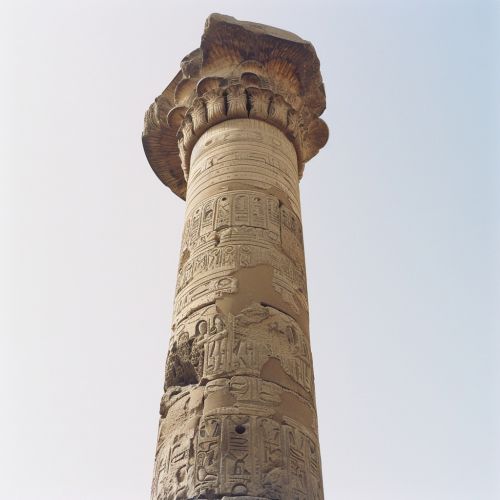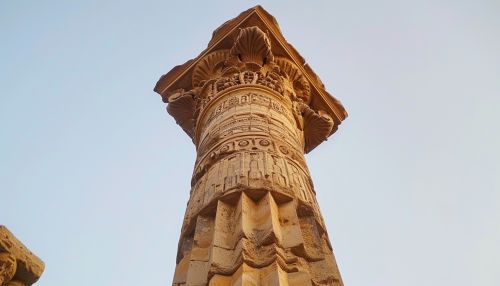Ashoka Pillar
History
The Ashoka Pillar, also known as the Ashokan Pillar, is a series of columns dispersed throughout the Indian subcontinent, erected or at least inscribed with edicts by the Mauryan king Ashoka during his reign from c. 268 to 232 BCE. Ashoka, who ruled the Mauryan Empire, was one of the most powerful kings of the Indian subcontinent. A convert to Buddhism, Ashoka sought to spread the teachings of the Buddha throughout his kingdom, and the Ashoka Pillars are one of the most enduring testimonials of his efforts.


Design and Construction
The Ashoka Pillars are a marvel of design and construction. They are made of two types of stone. Some, like the pillar at Sarnath, are made of a kind of sandstone that is often referred to as Chunar sandstone. Others are made of spotted red and white sandstone commonly found in the region of Mathura. The uniform carving of the Ashoka Pillar also suggests the use of machines in the carving and chiselling of the stones.
The pillars vary from 12 to 15 meters in height and weigh up to 50 tons each. The top part of the pillar—the capital—typically has an animal sculpture that is emblematic of the Buddha's teachings. The most famous of these is the lion capital at Sarnath, which has four lions seated back to back. This capital was adopted as the national emblem of India and the wheel "Ashoka Chakra" from its base was placed onto the center of the flag of India.
Inscriptions and Edicts
The inscriptions and edicts on the pillars describe Ashoka's policies and accomplishments. Although written in Prakrit, these inscriptions were written in the Brahmi script, which was prevalent at the time. The inscriptions on the pillars are classified into several types, including the Major Rock Edicts, Minor Rock Edicts, and the Pillar Edicts.
The Major Rock Edicts are inscriptions that outline Ashoka's principles of dharma—an ethical and moral life. The Minor Rock Edicts are similar to the Major Rock Edicts but are shorter and found at different locations. The Pillar Edicts are inscriptions found on the pillars. These edicts primarily promote moral and ethical principles based on the teachings of the Buddha.
Significance and Legacy
The Ashoka Pillars are more than just historical monuments. They are a testament to the architectural and artistic skills of ancient India. They also provide valuable insights into the reign of Ashoka, his conversion to Buddhism, and his efforts to spread Buddhism throughout his kingdom.
Moreover, the pillars stand as symbols of the Buddhist faith and Ashoka's commitment to the dharma. They are a significant part of India's cultural heritage and continue to be a major attraction for tourists and historians alike.
